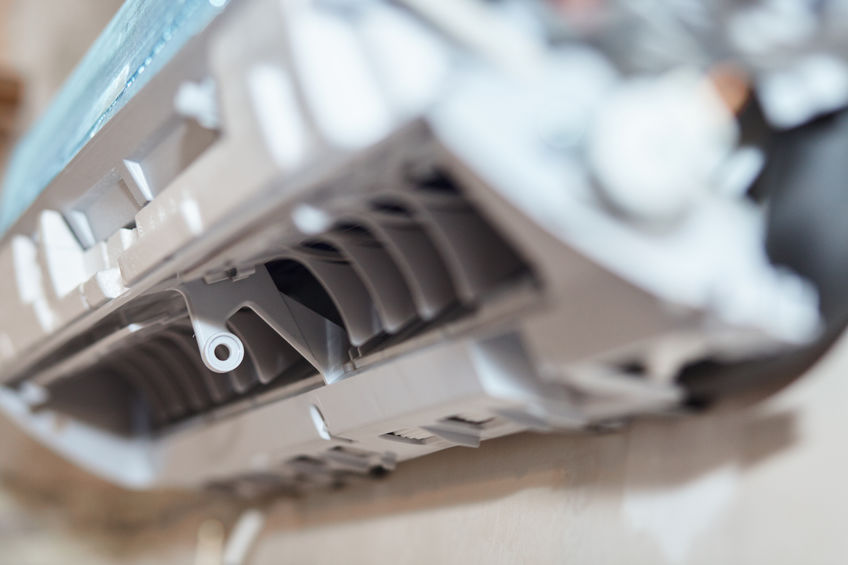As States begin to open up again for business and the weather heats up, many of us may be wondering if HVAC systems could be spreading coronavirus in buildings. Some news articles on this topic have popped up here and there, but the connection seems unclear.

Where Does The Concern Come From?
As China’s outbreak of COVID-19 was unfolding in January and February, scientists conducted a case study of 10 people from 3 families who had eaten at the same air-conditioned restaurant in Guangzhou, China, one of whom had traveled recently to Wuhan, China. In that case, short-distance transmission by large droplets was not enough to explain the infections that resulted. Although the air conditioning system itself did not have traces of the virus, scientists identified strong airflow, and the direction of airflow, caused by the air conditioning system as a factor in transmitting small, aerosolized droplets over large distances. However, the whole restaurant wasn’t infected, so proximity to the infected person(s) was still a significant factor.
As the weather has warmed up, new case rates have started to increase, not decrease, in many areas of the United States. We’ve seen this phenomenon in the south especially. Harvard Infectious Disease Expert, Edward Nardell, notes that hot weather, like cold weather, drives people indoors, where they breathe air that is not typically well-ventilated, a known risk factor for airborne respiratory pathogens like Tuberculosis, and to some extent COVID-19.
What Can We Do About It?
Fortunately, there are mitigation strategies we can implement with the HVAC system and IAQ products. In no particular order, here are a few:
Filtration.
Use MERV 13 filters in a well-fitting filter rack, to maximize filtration and reduce unintended filter bypass without unduly restricting system airflow.
Ventilation.
Bring in as much outdoor air as possible and disable any demand-control ventilation (DCV) controls that reduce air supply based on temperature or occupancy. The CDC recommends even throwing open the windows if conditions allow. Another strategy that may not be immediately obvious, is to manage the air-flow pattern in your building to run “clean-to-dirty”. Direct your clean, filtered, supply air to clean environments where your personnel are, and direct that air to move downstream to “dirty” areas (i.e. visitor reception).
IAQ products.
UV products have been known to be effective against aerosolized pathogens that travel in the air. Edward Nardell, drawing on the science for mitigation of TB, recommends horizonal-facing UV lights high in the ceiling. Air currents in a room tend to circulate up to the ceiling and back down again, partially due to the natural warmth of human bodies. Also, bacteria living on surfaces can be infected by coronavirus and become carriers and spreaders. Air cleaners installed in the supply-side airstream that distribute peroxides to surfaces can kill bacteria living on surfaces.
While cases have indeed risen sharply in recent weeks, death and hospitalization rates have continued to fall in most areas. That is a silver lining, but we still have a lot of work to do to make sure COVID-19 does not spread un-checked indoors, especially to those at high risk.
Sources:
Is air conditioning helping spread COVID in the South? (June 29, 2020) https://news.harvard.edu/gazette/story/2020/06/air-conditioning-may-be-factor-in-covid-19-spread-in-the-south/
COVID-19 Outbreak Associated with Air Conditioning in Restaurant, Guangzhou, China, 2020 (Volume 26, Number 7—July 2020) https://wwwnc.cdc.gov/eid/article/26/7/20-0764_article
COVID-19 Employer Information for Office Buildings - Engineering controls: Isolate workers from the hazard (May 27, 2020) https://www.cdc.gov/coronavirus/2019-ncov/community/office-buildings.html
